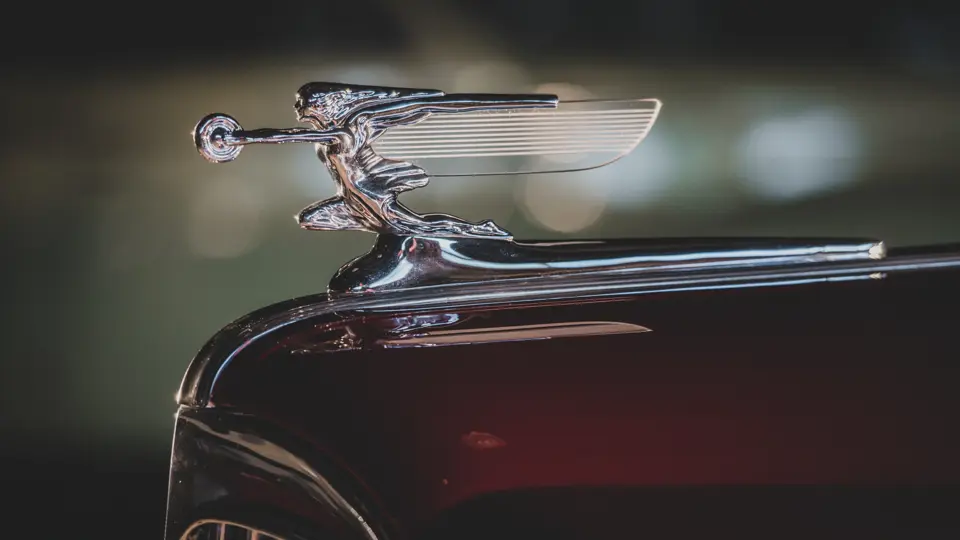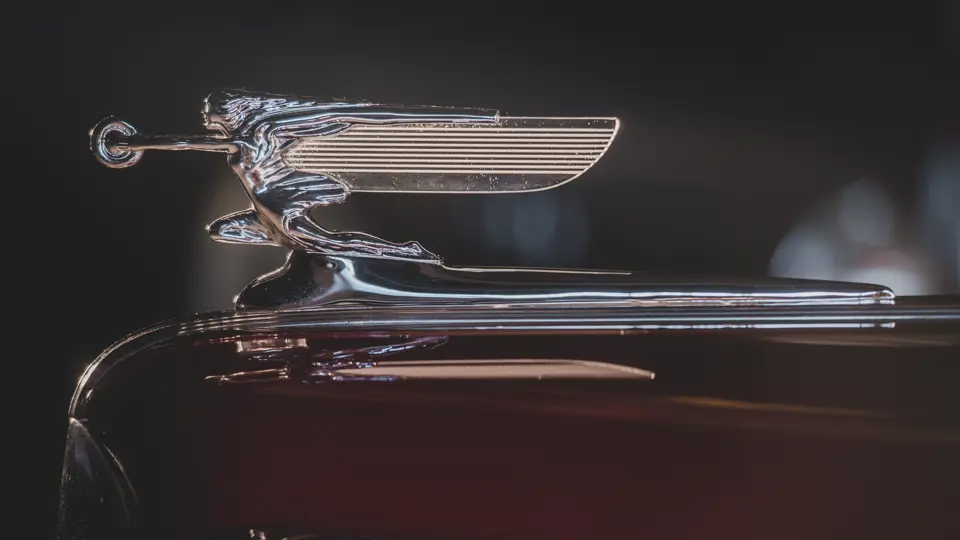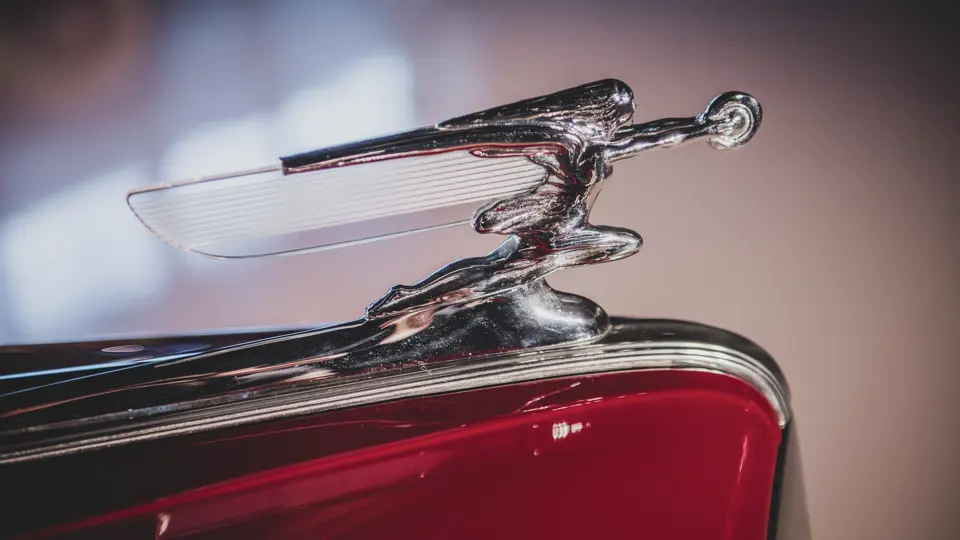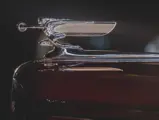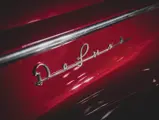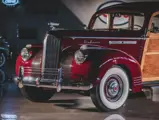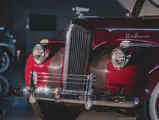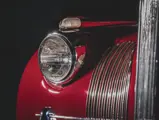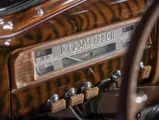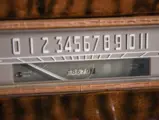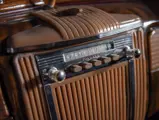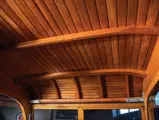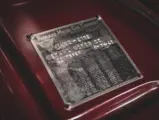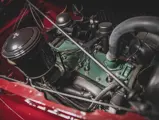Packard’s first production station wagon was offered in mid-1937. Following the success of the low-priced One Twenty series introduced in 1935, Packard prepared a six-cylinder car, essentially a scaled-down One Twenty, for 1937. Called simply “Six,” it was designated Model 115-C, the number representing its wheelbase. Prices started at $795, helping to sell more than 65,000 cars, more, even, than the already popular eight-cylinder One Twenty. At $1,295, the wagon, with body by Cantrell of Huntington, New York, was a full $385 more than the next least expensive body style.
For 1938, the wagon was dropped, then reinstated for 1939. For 1940 it was joined by an eight-cylinder version, in the One Twenty line. During the year, Packard phased out Cantrell bodies in favor of Hercules Body Company of Evansville, Indiana. For 1941, Hercules supplied 358 station wagon bodies to Packard for One Ten and One Twenty chassis, both of which could be had in standard or Deluxe trim.
Sold new by the Stahl Motor Company in Monterey, California, on 7 June 1941, this Packard One Ten station wagon has been completely restored. The wood has been completely refinished, and the top re-covered in black cloth over the varnished wood battens. The seats are newly upholstered in deep maroon leather with matching metal frames, and comfortably seat eight in three rows. The wood-grain dashboard has been exactingly restored. The subject of a feature article in Collectible Automobile magazine, this rare station wagon is just as elegant on the inside as it is from afar.
The engine compartment and chassis are clean, and authentic accessory turn signals aid driving in modern traffic. The optional running boards make entry and exit convenient and comfortable. A Deluxe model with chrome parking light housings and fender accents, it has a heater, accessory directional signals, and a correct factory push-button radio.
Elegant for concours and handy for touring, this Packard One Ten Woodie is the ideal car for a tailgate party.


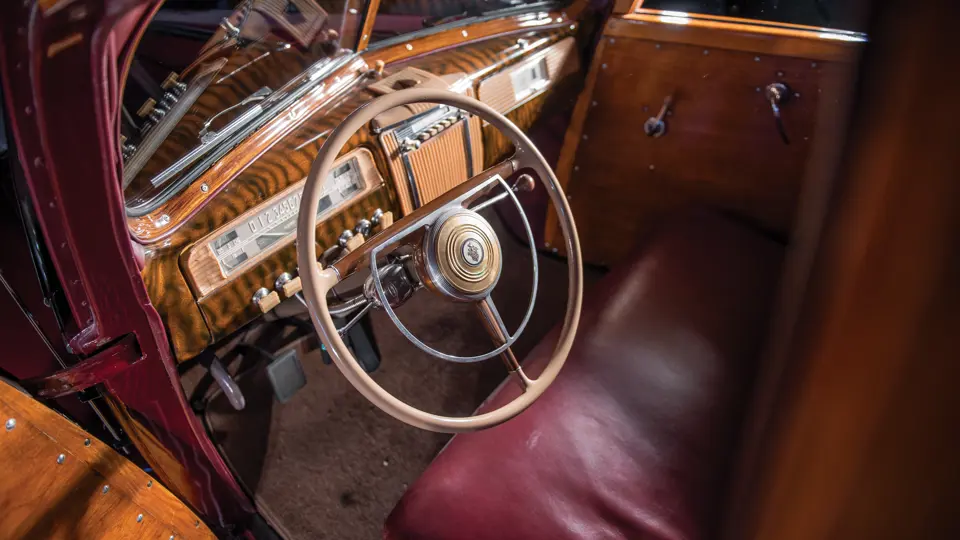

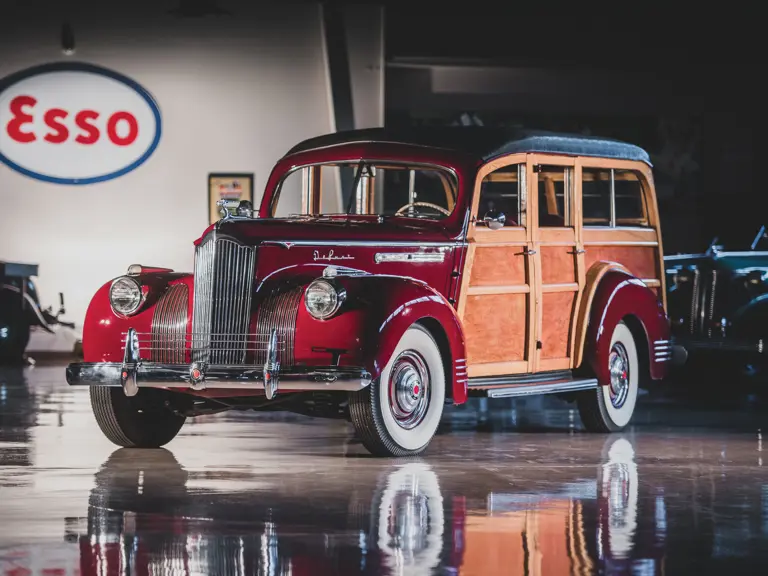
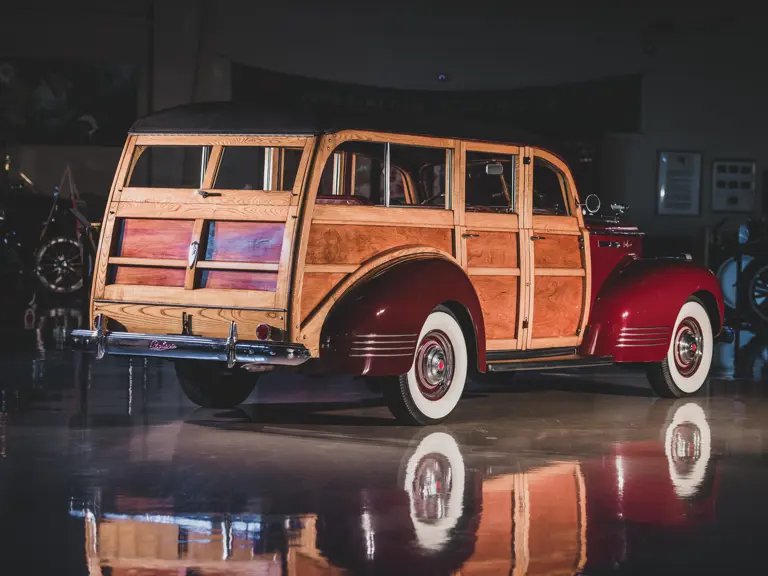
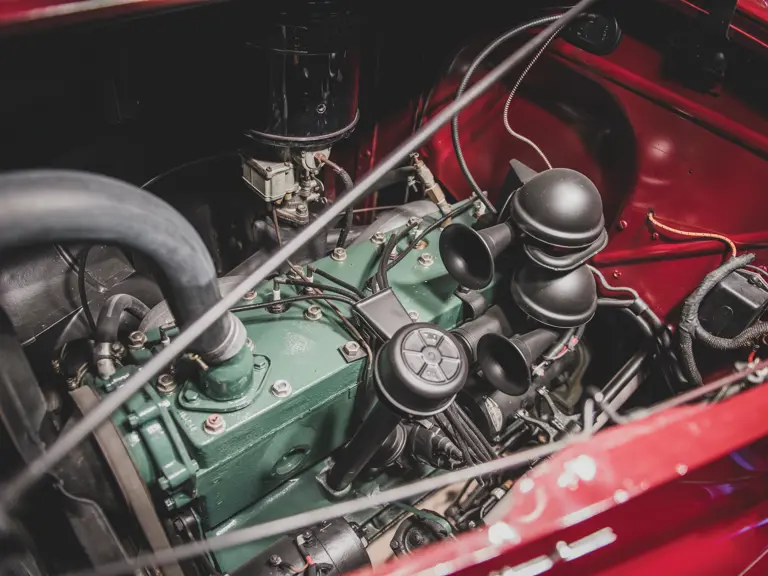
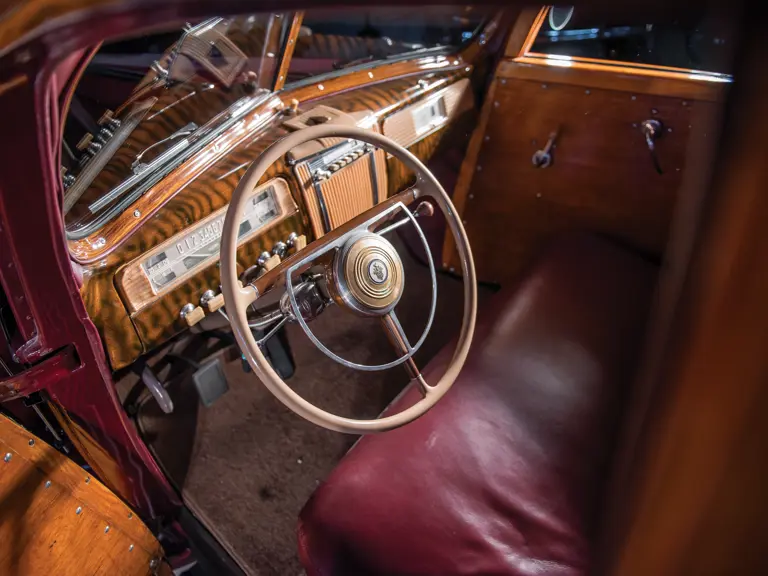
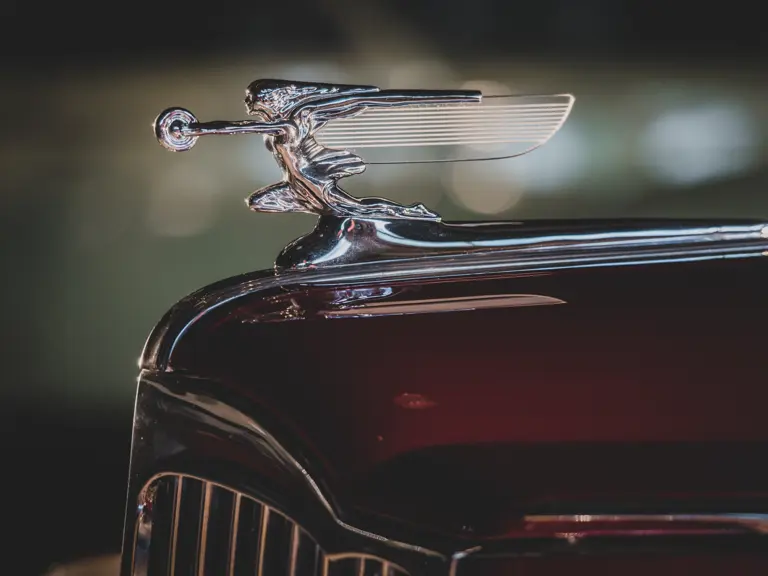
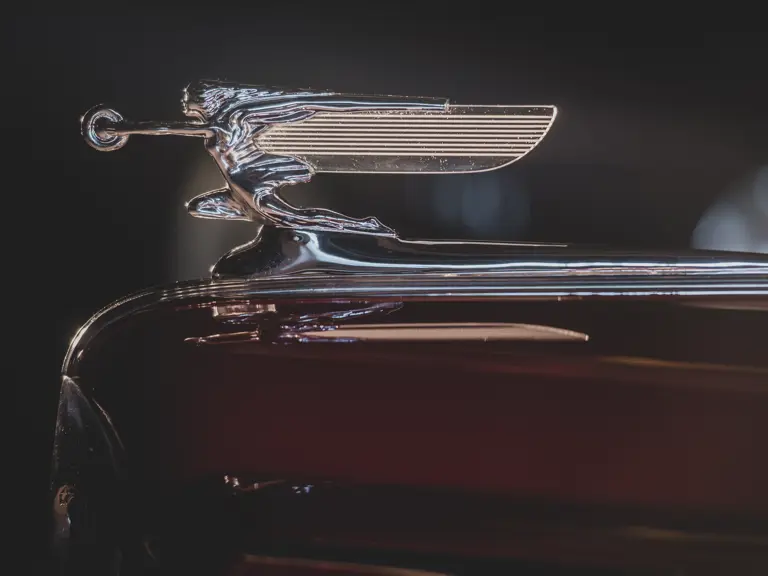
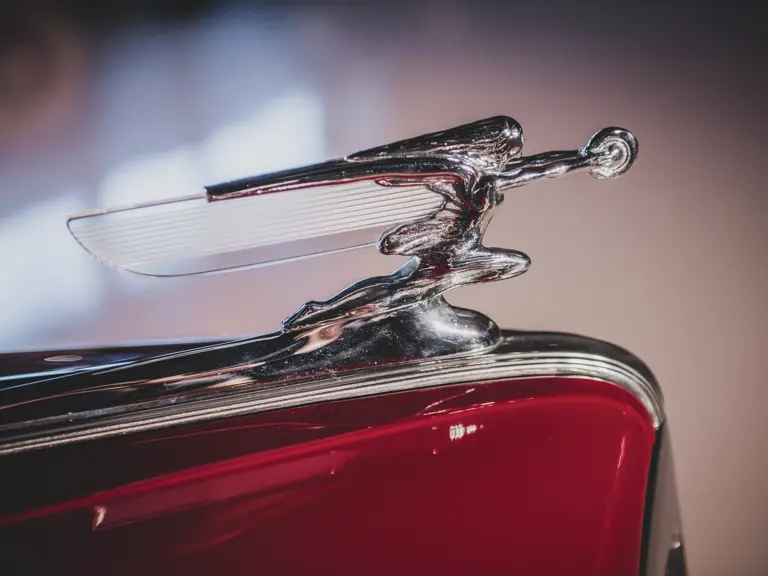
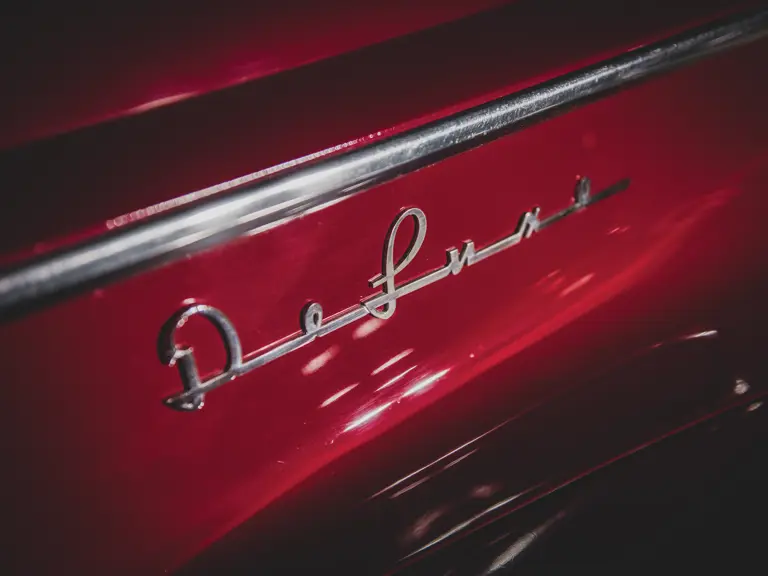
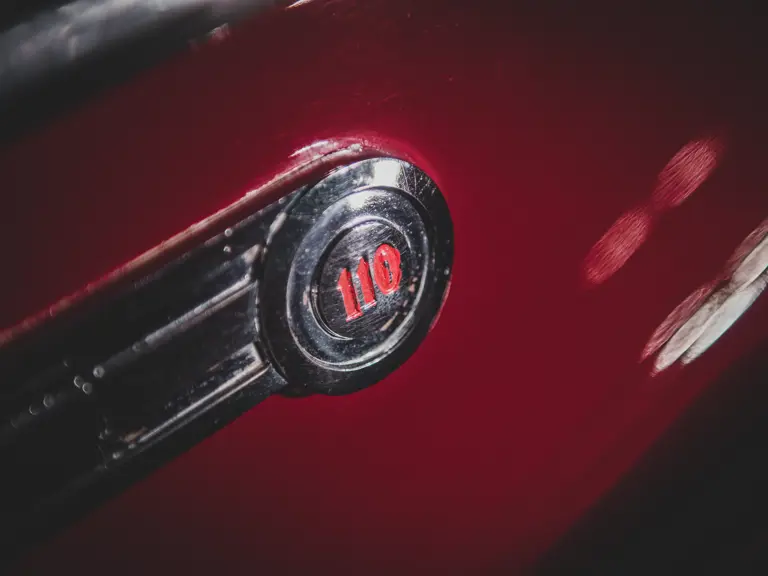


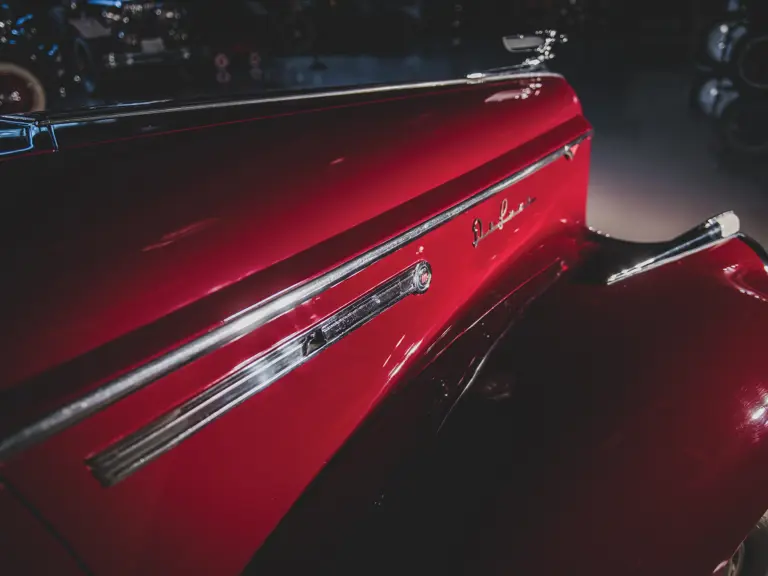

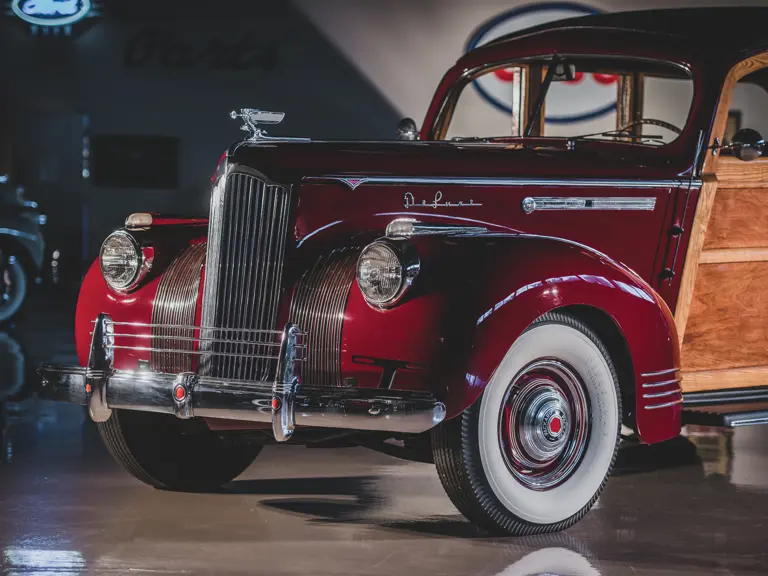

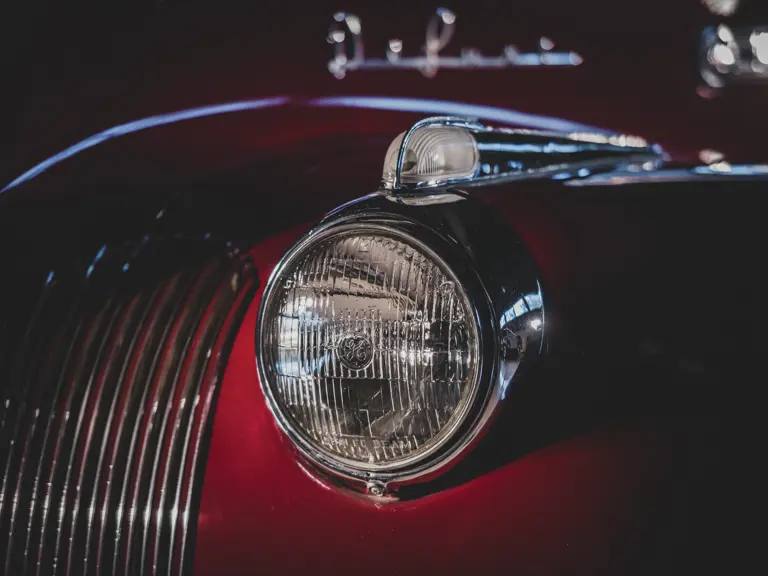
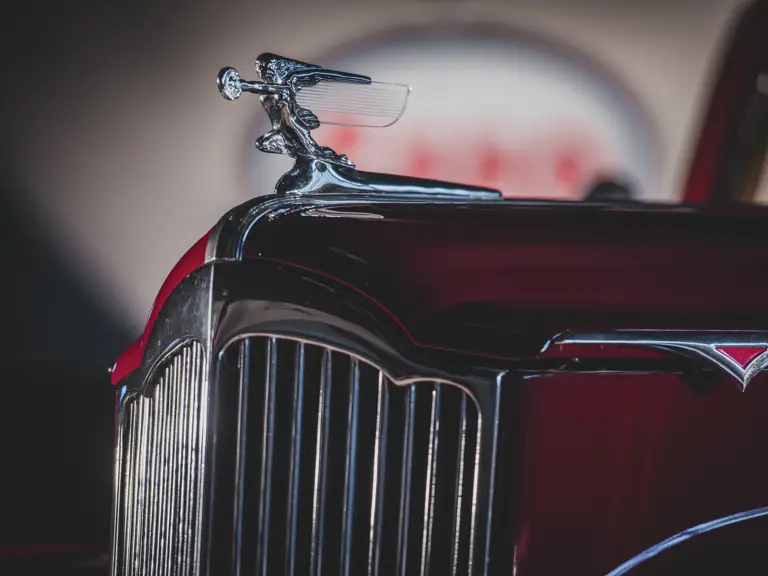

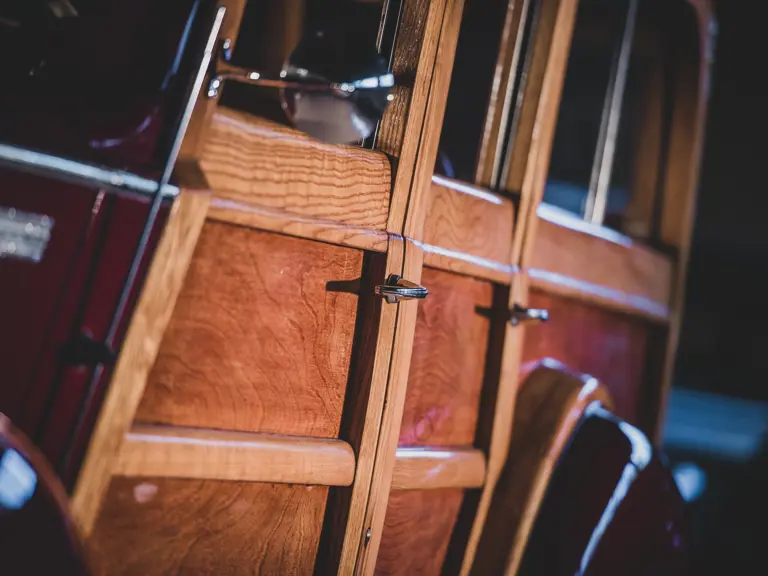
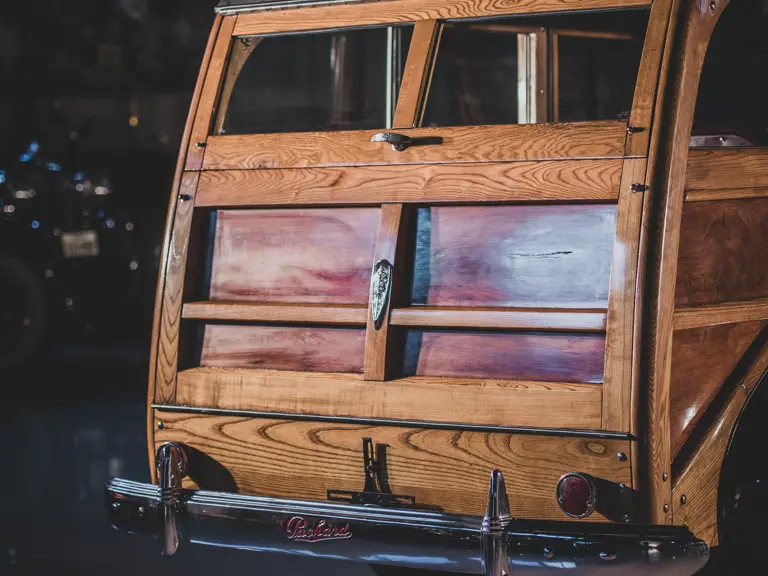


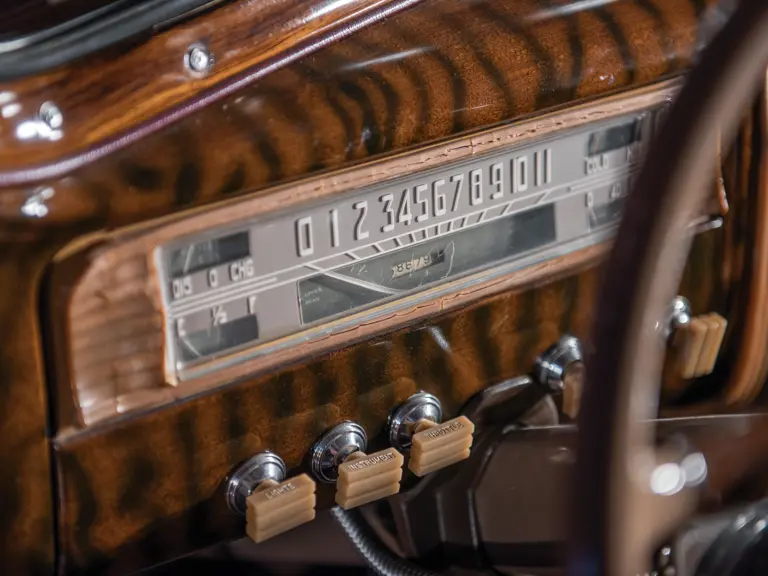

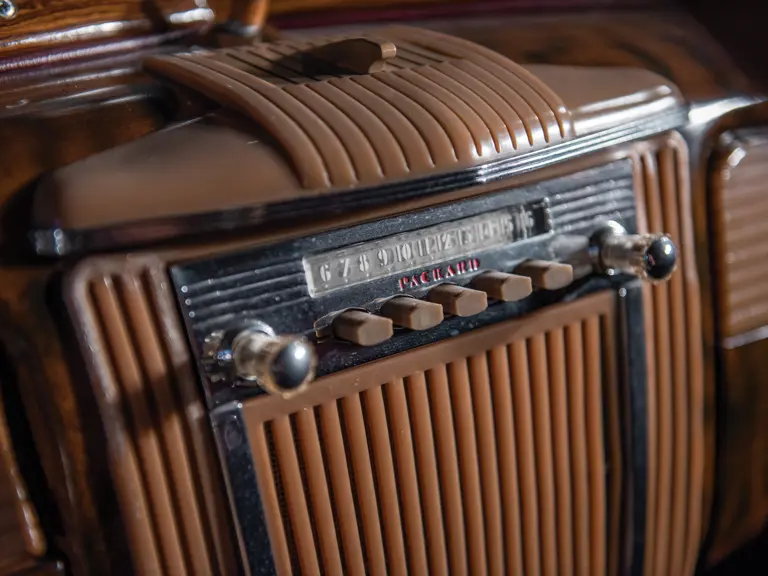
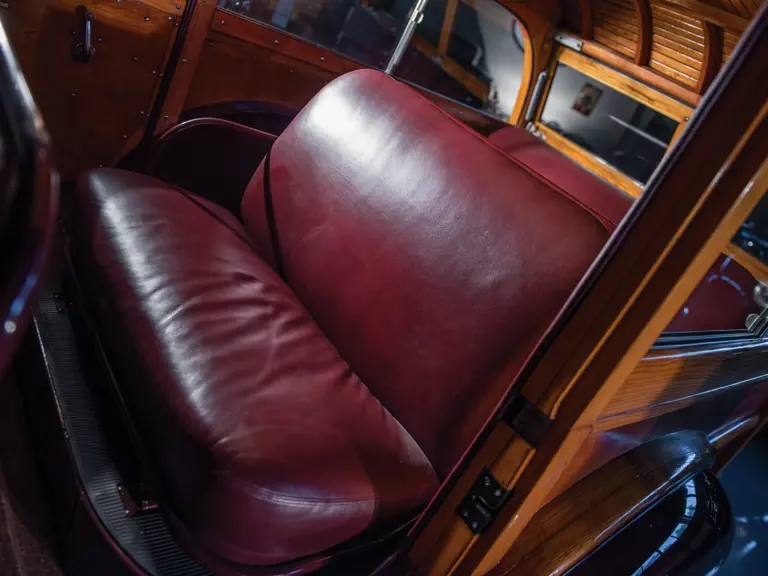
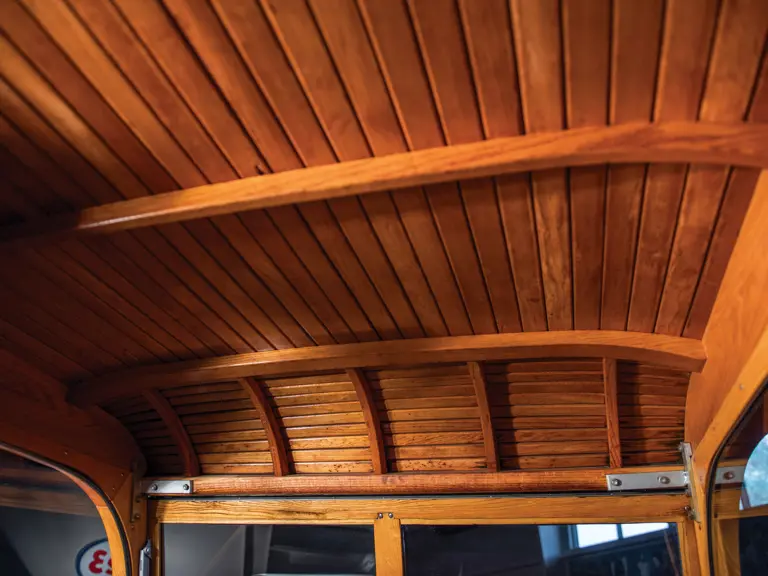
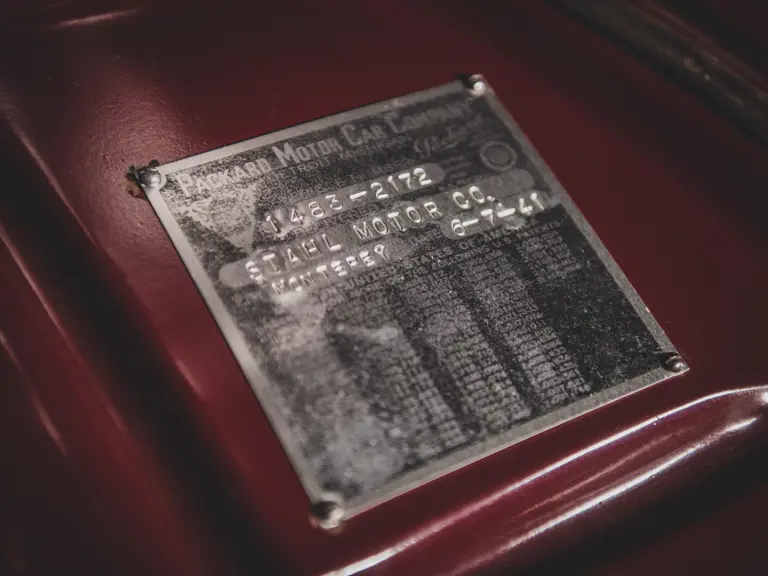
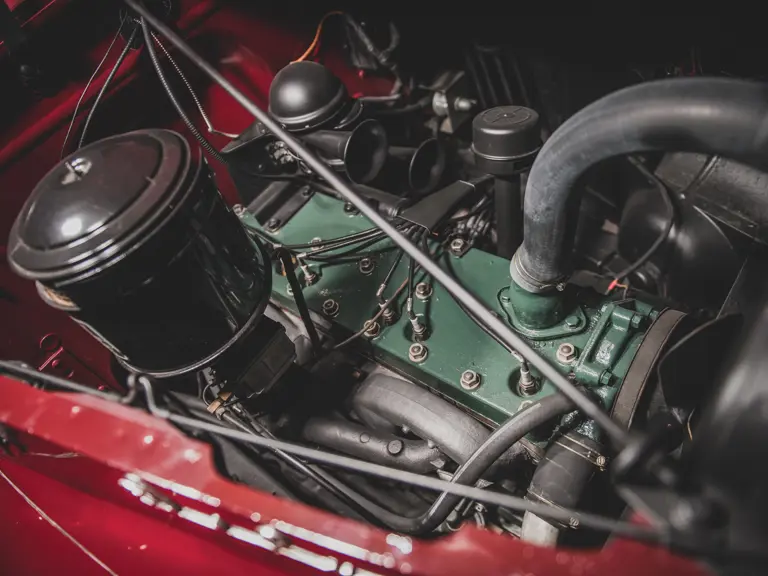
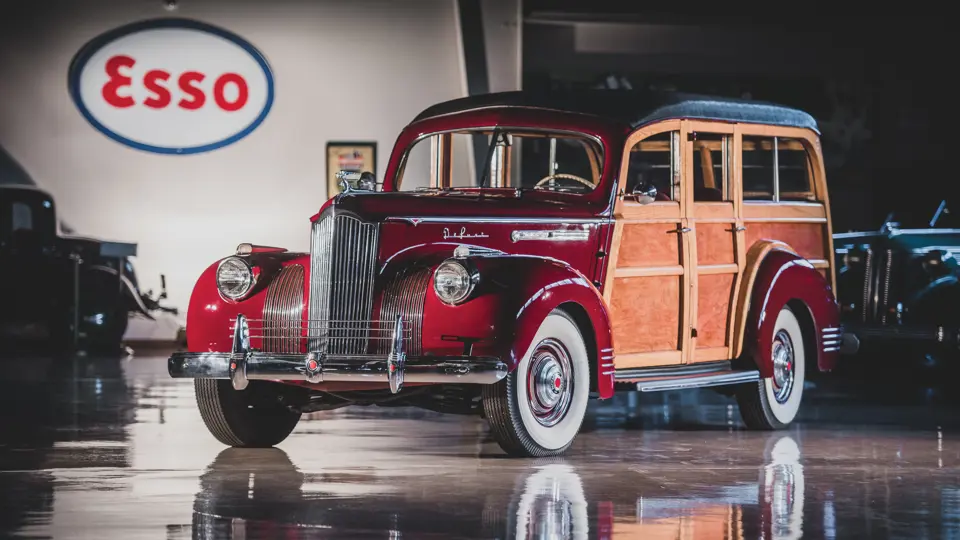
 | Phoenix, Arizona
| Phoenix, Arizona
